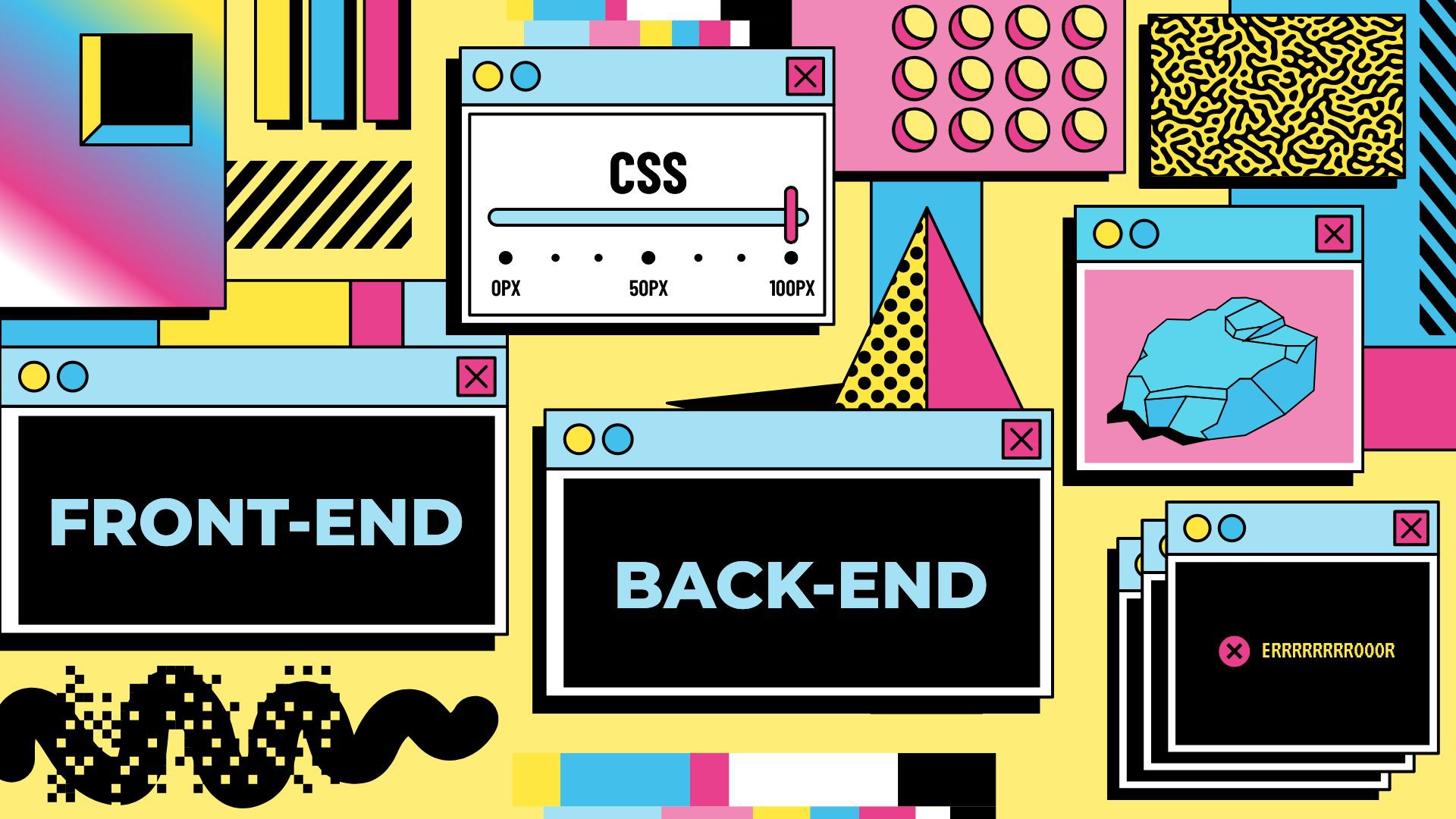CSS Box Shadow Generator
A box-shadow CSS Generator tool to fast generate box-shadow CSS declarations.

What is front-end?
Front-end refers to the side of a website that users view. This includes the design, structure, and behavior of a website. Users interact with elements on the front-end side and see them, such as menus, forms, images, and similar elements on a website.
Which languages are used for front-end?
Several languages are used to create the front-end side. The most common ones are HTML (HyperText Markup Language), CSS (Cascading Style Sheets), and JavaScript.
What is HTML?
HTML (HyperText Markup Language) is a language used to create the structure of a website. It uses tags (markup) to define elements such as text, images, links, and similar elements on a website. HTML tags specify what and where will be displayed on a website. For example, the <h1> tag specifies a heading on a website and the <p> tag specifies a paragraph. HTML is used on the front-end side and creates the structure of a website.
What is CSS?
CSS (Cascading Style Sheets) is a language that determines the appearance of a website. It defines style and design properties applied to HTML tags. For example, CSS can be used to specify the font, color, background color, and similar properties of text on a website. CSS is used along with HTML to create the design and appearance of a website.
What is JavaScript?
JavaScript is a language that determines the behavior of a website. It allows for operations and changes to be made on elements on a website. For example, JavaScript can be used to make filling out a form mandatory or to open a window when a button is clicked. JavaScript is used along with HTML and CSS to make a website dynamic and interactive.
What is the difference between front-end and back-end?
Front-end and back-end refer to two different sides of a website. Front-end refers to the side that users view and it includes the design, structure, and behavior of a website. Users interact with elements on the front-end side and see them, such as menus, forms, images, and similar elements on a website.
Back-end refers to the side that is not viewed by users. This side includes the database, server, and other background elements of a website. Users do not directly see the back-end side, but the elements on the back-end side affect the functioning of the elements displayed on the front-end side. For example, the process of saving data from a form on a website to a database occurs on the back-end side and users do not see it directly.
The front-end and back-end sides of a website work together to create a complete and functional website. The front-end side focuses on the user's experience and the back-end side focuses on the technical aspects of the website.